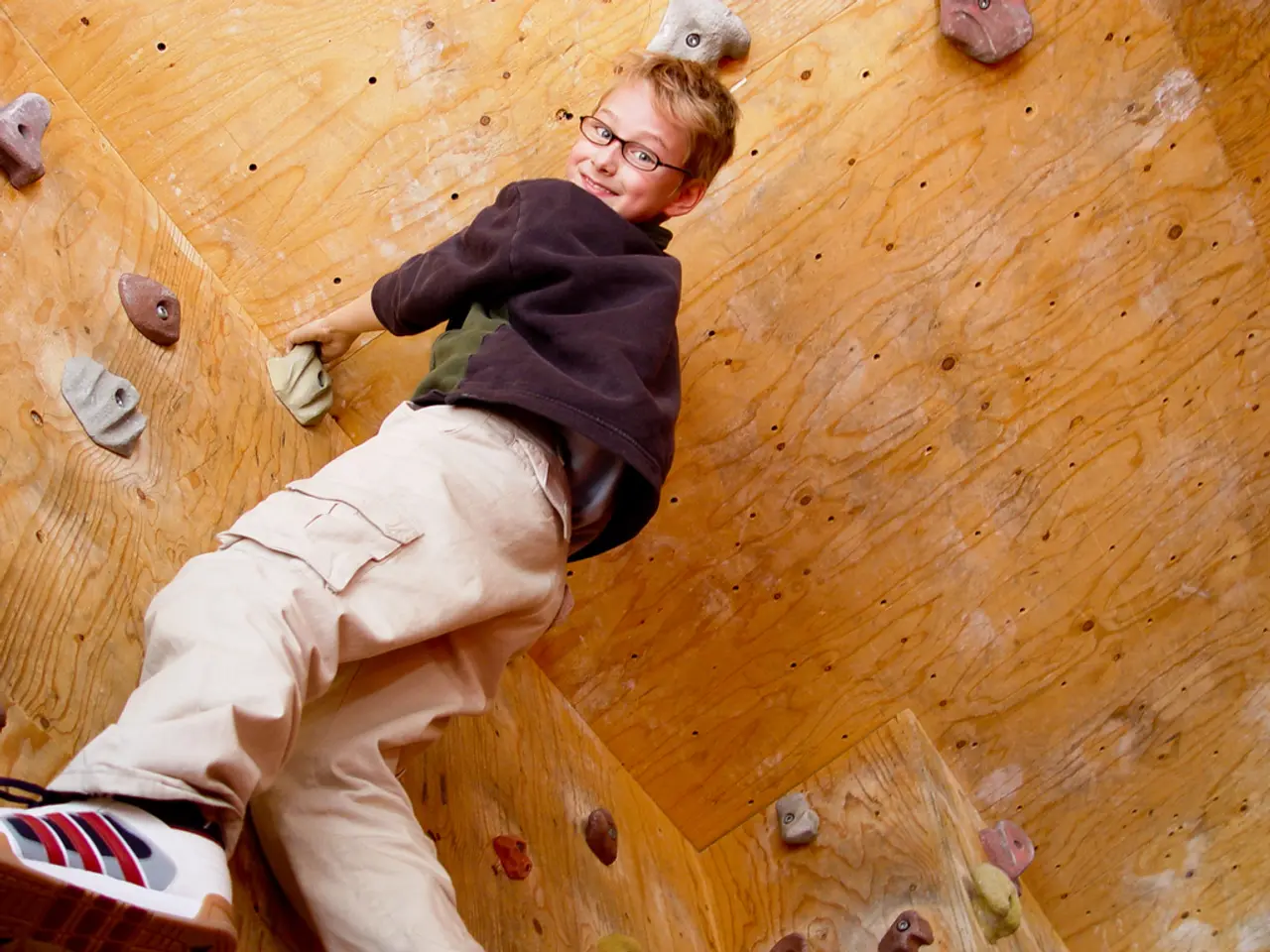Children with Attention Deficit Hyperactivity Disorder (ADHD): Recognizing Symptoms, Diagnostic Procedures, and Assistance for Parents
Attention Deficit Hyperactivity Disorder (ADHD) is a neuropsychiatric disorder that can lead to problems in learning and social relationships in children. This condition, characterized by difficulty concentrating, excessive motor activity, and impulsivity, affects many children and requires a comprehensive understanding for effective management.
ADHD is often suspected in preschool age, but a definitive diagnosis is usually confirmed at 7-8 years old. The disorder can be divided into three main symptom groups: inattention, hyperactivity, and impulsiveness.
Inattention symptoms include easily being distracted, difficulty focusing on tasks, losing things, and forgetfulness in daily activities. On the other hand, hyperactivity symptoms include excessive restlessness, fidgeting, difficulty staying still, and constant motion. Impulsiveness symptoms, meanwhile, include difficulty controlling emotions, acting impulsively, getting angry quickly, and often getting into conflicts with peers or adults.
Early consultation with a child psychiatrist can improve the prognosis and prevent more serious problems in adulthood. A multidisciplinary approach is necessary for diagnosing and treating ADHD, involving neurologists, pediatricians, psychologists, other medical specialists, educators, and parents. To make a diagnosis, specialist observation and evaluation of behavioral symptoms are required.
A survey for parents and educators exists to preliminarily assess a child's behavior. This survey records characteristics such as distractibility, impulsivity, and excessive activity. However, it is important to note that identifying ADHD can be challenging as its symptoms can resemble other psychological and emotional disorders.
In managing ADHD, a combination of medical and non-medical methods is employed. Regular physical activity, psychological and pedagogical work, family psychotherapy, behavioral correction, relaxation techniques, individual psychological methods, and ensuring a stable home atmosphere are all crucial components of the treatment.
The home atmosphere plays a crucial role in the therapy process. Parents should actively participate in therapy by ensuring movement and sports, balanced nutrition, adequate sleep, emotional support, and limiting screen time. If a child ignores disciplinary measures, acts impulsively without considering consequences, and cannot play by the rules or complete tasks that require concentration, it is recommended to consult specialists.
Without intervention, ADHD can lead to serious consequences, including academic difficulties, self-esteem issues, socialization problems, and an increased risk of depression and anxiety in adulthood. Therefore, it is essential for parents and educators to be vigilant and proactive in recognizing the signs of ADHD and seeking professional help when necessary.
It is also worth mentioning that excessive psycho-emotional loads on children can serve as a starting mechanism for ADHD development. Three groups of factors are identified as causes of hyperactivity in children: genetic, neurobiological, and social.
In conclusion, understanding ADHD is crucial for parents and educators to provide the best possible support for children affected by this disorder. Early intervention, a supportive home environment, and a multidisciplinary approach can significantly improve the prognosis and help children with ADHD lead fulfilling lives.
Read also:
- Hospital's Enhancement of Outpatient Services Alleviates Emergency Department Strain
- Increased Chikungunya infections in UK travelers prompt mosquito bite caution
- Kazakhstan's Deputy Prime Minister holds discussions on the prevailing circumstances in Almaty
- In the state, Kaiser Permanente boasts the top-ranked health insurance program





